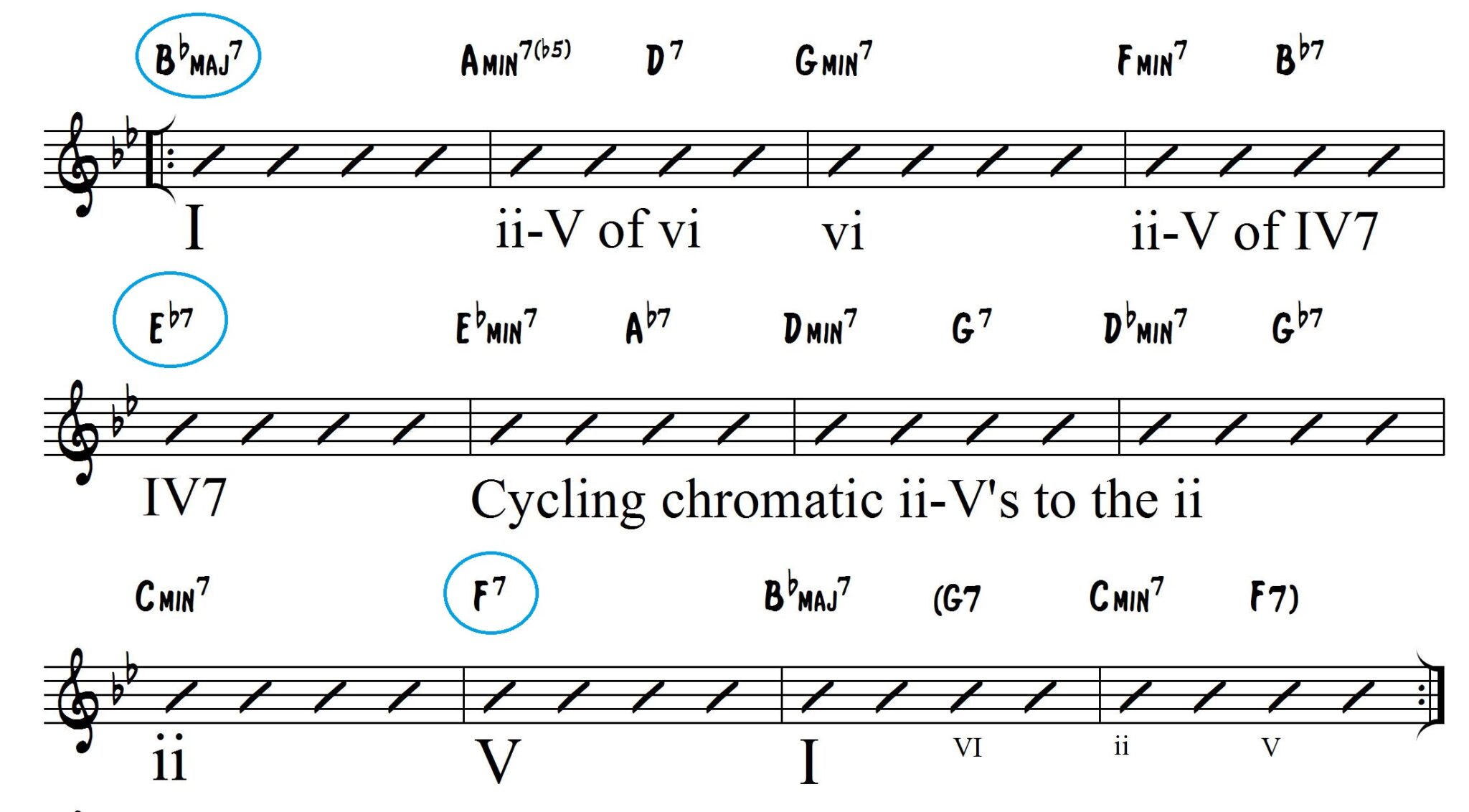Jetzt neu oder gebraucht kaufen. Bay ist für Sie da! Heute verkaufen und Geld verdienen. Wir machen die Rückgabe einfach. Bei uns passende Fernkurse für die Weiterbildung von zu Hause! I will cover chord progressions in a more detailed post at another time. But the description below is enough to give you a basic understanding of a blues chord progression. Blues Chord Progressions. This uses the 1st, 4th, and 5th chords from the relevant key. Mute strings and AChord.
Continue learning chord shapes and working on strumming patterns to build your ability to play blues rhythms. To avoid sounding the idle sixth string when you play this chord, bring your thumb around the back of the neck so that the tip of it just touches the string. For more blues knowledge, check out these next-level blues guitar chords. Find this chord too diffuclt?

Go here: B Guitar Chord – Tips For This Tough Chord. Why do we have to learn these specific chords/ All of these guitar chords are part of a common chord progression in blues music, that progression is the ’bar blues ’. In this lesson, we will focus on basic chording techniques for the beginning blues rhythm guitarist. Once your chords are picke you can apply them to the 12-bar blues formula above and you’ll have a basic blues progression.
I’ll explain other more in-depth blues progression possibilities in the next section. This article shows you the simple chords and basic blues song structure you can use to play many thousands of songs. There are contexts, however, such as a slow blues or a T-Bone Walker–style jazz- blues, where a shuffle or single-note pattern just won’t cut it.
In such cases, fully voiced chords can be used to fill out an arrangement quite nicely. Bear in mind that there are no set rules on which chords you can play, but there are staple chords that have defined the blues sound for over century. This blues form is a basic bar blues, utilizing only three chords: the I IV and the V chord.

Learning to play the blues is not only great fun, it also gives. I have this lead sheet in concert Bb, as this is a popular blues key in jazz. Take some time to memorize this chord progression, because this is important to know! The dominant 7th chord is the most common used chord in blues.
But also the ninth and thirteenth chords are found regularly in blues music to give that extra flavor to a chord progression. They add a little bit of jazz flavor.
Choosing the right blues chords can make your blues rhythm playing sound fresh and full of color. Remember, to turn this combination of notes into a blues progression, simply play the same combination in the chords of C, F, and G in the 12-bar blues pattern. And don’t forget to swing! Even if you don’t consider yourself a huge blues fan, you will find that learning to have fun playing the blues chord progression will do wonders for your playing in whatever other genre you enjoy.
While these songs are a really good fit for the blues beginner, they are just as perfect for the intermediate or advanced guitar player. After all, it’s all about the songs.
The Top starts out with some basic blues chord songs and bar blues shuffles, and at the end of the list there’s room for some nice beginner blues soloing. Apparent wrong notes are acceptable in the context of blues, but the best place for them is usually dictated by experience and a feel for the style rather than academic rules).
Once you learn these dominant seventh chords, you’re good to go! This is the most basic and the most often used blues chord progression. The chords between brackets on bar and are not necessary to play, but make this basic progression a little more interesting.
The chord in the last bar is called a turnaroun it marks the transition back to the beginning of the chord progression when you are playing loops. Guitar is the archetypical instrument for playing blues and it has been a part of the genre since the beginning.
There are two fundamental areas to study to begin with if you want to learn the blues: rhythm and chords. With that in min we’ll be in the key of E blues through this entire series.
The standard 12-bar blues progression has three chords in it – the chord, the chord, and then the chord. In the key of E blues, the chord is an E, the chord is an A, and the chord is a B. Let’s talk about blues rhythm.
The basic blues revolves around three chords. There are sometimes others, but let’s consider these three as the core of the blues universe.

It’s a simple chord, this one – a basic open Cshape moved up to the 5th position to put it in the key of E. It’s a great blues chord and a staple fingerstyle shape too. Try moving the lowest note to the sixth string to create an alternating bassline.